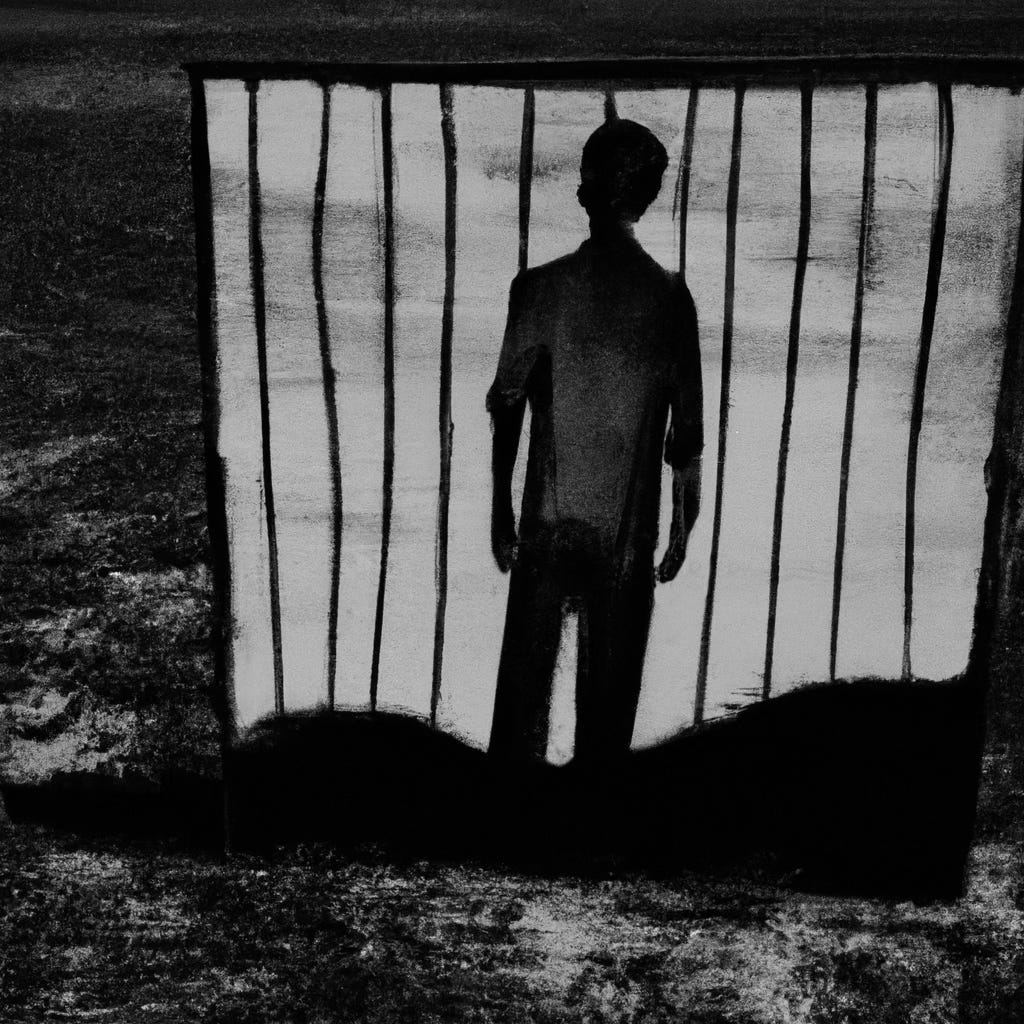The cage is rarely made of bars—it’s made of unquestioned assumptions.
Assumptions shape behavior more than we admit. Most constraints are inherited, not chosen—and few dare to question their origin.
Many believe the greatest obstacles are external: bureaucracy, scarcity, resistance. But these are often symptoms. The deeper root lies elsewhere—in assumptions internalized so thoroughly they pass as common sense. Patterns absorbed from early environments, institutions, and peer groups define not only what is pursued but what is deemed possible. The boundaries rarely need enforcement, because they are believed.
Keep reading with a 7-day free trial
Subscribe to TOMEK to keep reading this post and get 7 days of free access to the full post archives.

